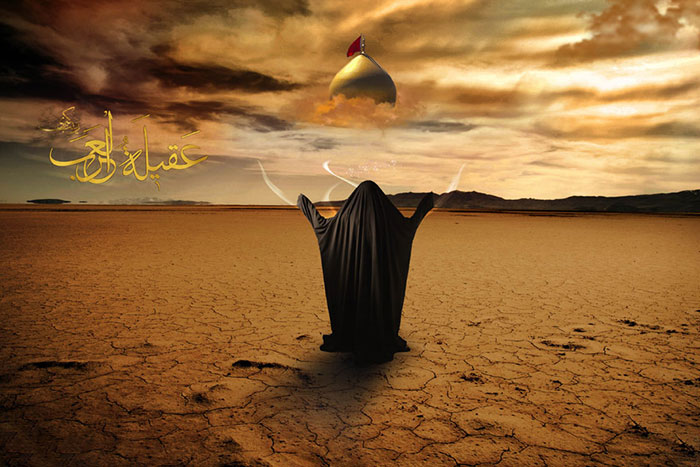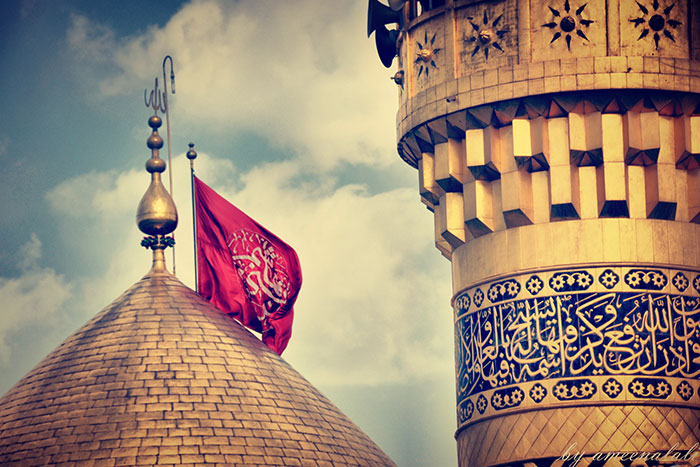Tehran Friday prayers leader: JCPOA must lead to lifting sanctions
He urged the government to prevent manipulation of the nuclear deal by the western parties.
He made it clear that the government must take necessary measures to oblige the western governments to keep promise and not to resort to excuses to avoid implementation of JCPOA.
Ayatollah Jannati told the prayers congregation that the Supreme Leader had not acknowledged JCPOA before the parliament ratification of the deal.
The cleric thanked Majlis (Parliament) special committee in charge of reviewing the JCPOA.
Ayatollah Jannati said that the government must stand up to world powers excessive demands including cutting support for regional resistance to Israeli occupation.
Iran will not give up its support for the liberation movements in the region, he added.
Meanwhile, Ayatollah Jannati expressed grief at deaths of several hundred Hajj pilgrims in holy Mecca and welcomed establishment of fact-finding committee by the Saudi government and urged Iranian Judiciary to pursue the case in direct contact with the Saudi government and in line with Universal Jurisdiction of Iranian government.
On Iranian foreign policy in the region, he said that the enemies aim to disarm Syria, Iraq, Lebanon and Iran as well.
The radical religious leader warned about enemies’ influence in decision making centers of Iran including Majlis and government.
He expressed indignation at Israeli soldiers opening fire at Palestinian demonstrators opposing continued occupation of the Palestinian territories.
He wished freedom of al-Aqsa mosque.
Israeli leaders must know that Israel is an occupying entity and they have not the right to open fire at the Palestinian people at their homeland.
The International Criminal Court must bring the Israeli leaders to justice for the crimes against humanity they perpetrated in Palestinian territories systematically.
/149
/149







































